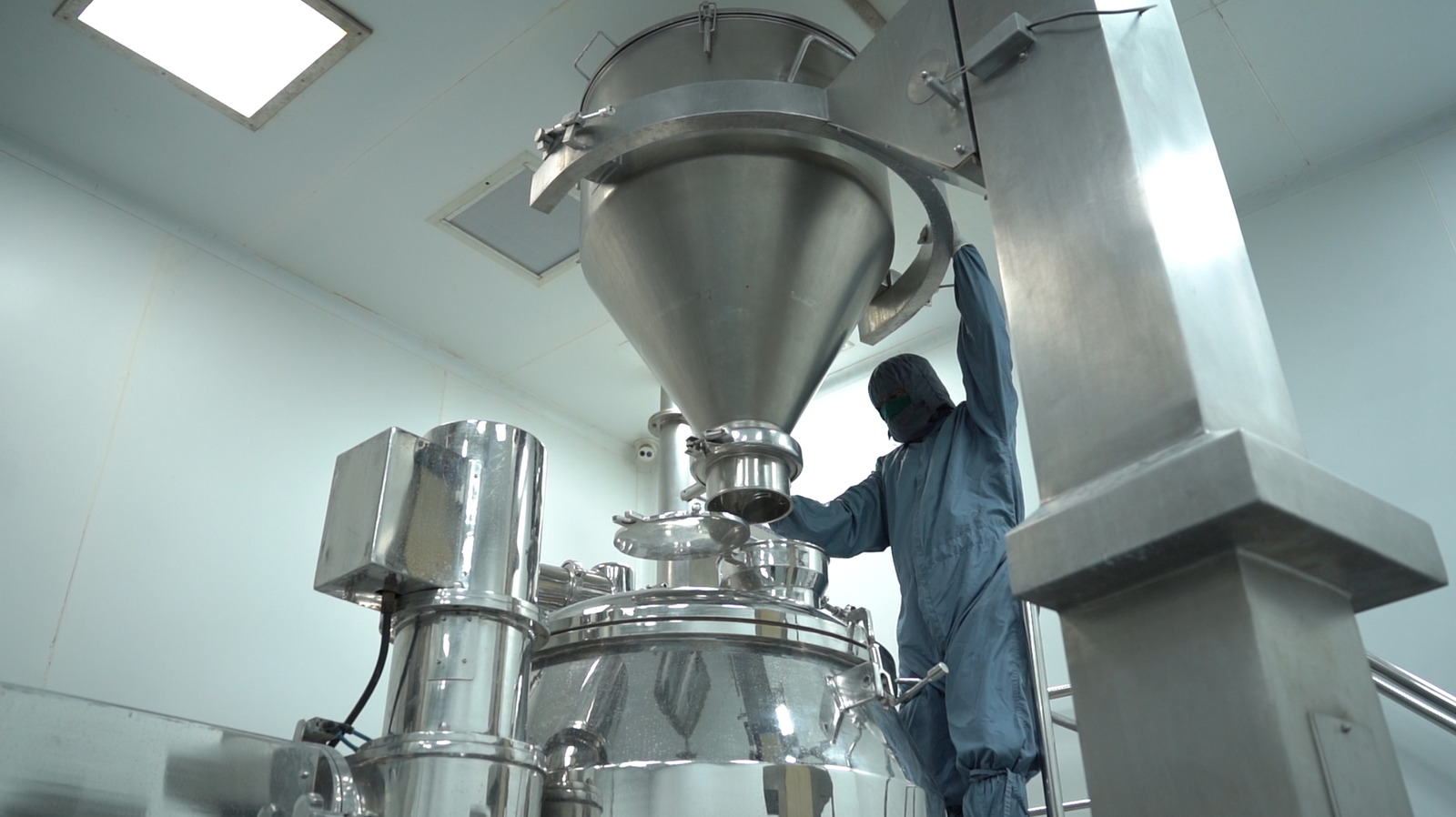Malaria is a global health problem affecting millions of individuals each year. Do you know that, according to WHO, the World Health Organization, in the year 2023, there were a total of 263 million cases of malaria reported and a total of 597,000 deaths worldwide?
Despite incredible progress in the pharma sector over the years, the disease continues to flourish, significantly in the world’s most vulnerable and underprivileged regions and ages. It includes sub-Saharan Africa, children under the age of five years, and pregnant women.
As global health leaders and communities work upon malaria elimination, two major factors that obstruct the success in both prevention and treatment are affordability and effectiveness of anti-malarial medicines. However, each of the factors is important on its own, but their combination is essential to reach better access, ensure safe treatment results, and maintain the integrity of the public health system in high-risk regions.
This article will help you to know the importance of affordability and effectiveness in antimalarial medicines.
Also, how Globela Group is playing its part in fighting malaria by providing a high-quality, affordable range of antimalarial pharmaceuticals with no compromise on quality.
The Global Challenge of Malaria
Malaria is a mosquito-borne, life- threatening disease that is caused by the transmission of parasites released by the bite of a female Anopheles mosquito. In the year 2023, malaria showed a slight rise in the number of cases as compared with year 2022 and half of the world’s population was reported to be at risk of malaria. Additionally, regions like sub-Saharan Africa, Southeast Asia, and parts of South America hold high shares of the global malaria burden.
Considering the whole population, children under five and pregnant women are the most vulnerable groups to be the victims of malaria. This can cause various severe complications, including anemia, respiratory distress, or even death. Therefore, WHO accentuates the importance of early diagnosis and the right treatment as the key to unlocking health against malaria.
For the purpose of prevention and treatment, there are several classes of medicines that play a crucial role. Anti-malarial drugs are significantly used to kill the malarial parasite in the bloodstream and prevent the further progression of the disease. For prevention, a few antimalarial drugs like atovaquone-proguanil, doxycycline, and mefloquine are majorly used before heading towards a malaria-prone region. Additionally, an effective treatment involves correct diagnosis and immediate administration of antimalarial drugs like ACT or artemisinin-based combination therapy to prevent high-risk infections.
The Double-Edged Sword: Cost vs. Quality
Cost and quality indeed come along; compromise to one may influence the other undoubtedly. In the present scenario of malaria-endemic regions, the affordability of medicines is not a necessity but a luxury. Since millions of people rely on publicly funded health services or cheap medicines to reach their life-saving treatment. However, this necessity sometimes comes with a harsh reality: the proliferation of substandard or counterfeit medicines. As mentioned in The Lancet Global Health Report, in low- and middle-income countries, an average of one in five antimalarial drugs is either poor quality or fake. These cheap and substandard medications lead to low or poor treatment outcomes, prolonged illness, drug resistance, or even death.
Therefore, the challenge is to establish an equilibrium where balancing affordability and quality assurance go hand in hand. This requires better regulatory systems, supply chains, and international collaborations to ensure cost-effectiveness comes along with safety and efficacy.
Why Quality Matters in Anti-Malarial
Quality in antimalarial treatment is not just a regular checkbox but a lifesaving hit. Substandard drugs not only fail to cure the patients but also aggravate resistance towards vital drugs, especially artemisinin, a drug that has the capability to reverse years of progress in malaria control.
An effective malarial medication ensures absolute clearance of parasites, prevention of relapse, and prevention of transmission to others. A high-quality drug enables the protection of patients against adverse reactions and unknown outcomes of malaria. Also, consistent effective treatment helps to build up trust in the healthcare sector and encourages people to seek timely treatments and adhere to prescribed treatment protocols.
To maintain good quality and standard checks, WHO has implemented a unique Prequalification Programme to maintain the safety, efficacy, and quality of medicinal products. Also, regulatory compliance, such as WHO-GMO (Good Manufacturing Practices) and EU-GMO certifications, makes sure the medicines meet global standards and can be safely delivered to highly demanding regions.
Globela’s Commitment to Quality Antimalarial Medicines
In the fight against malaria, Globela Group stands as a strong soldier and a contributor by offering effective as well as affordable antimalarial therapies that not only work ideally but also meet the global quality standards. With good contacts and a presence in over 50+ countries, Globela Pharma holds dynamic experience in drug development, manufacturing, and distribution to support public health initiatives significantly in malaria-prone areas.
Globela Group is aligned with a belief that “every life is precious” and therefore works for its safety. Our company has used its expertise and resources on developing medicines for the population that is underprivileged and has very little or no access to the treatment, ensuring that treatment is not a luxury but a right for everyone.
Globela shows it all by providing a high-quality, affordable range of antimalarial pharmaceuticals committed to fighting against malaria, showing the goals to be attained are not just possible but scalable and sustainable too. As government, NGOs, and global health stakeholders come up together for WHO’s Global Technical Strategy for Malaria 2016-2030.
Key aspects of Globela’s commitment include:
- WHO-GMP and EU-GMP certifications, managing appropriate compliance with the highest international standards.
- ISO-certified facilities with vertically integrated operations and APIs or active pharmaceutical ingredients to finished dosage forms.
- Regulatory approvals in many markets, full-fledged hold, and deep understanding of local and global compliance frameworks.
- End-to-end pharmaceutical capabilities, from CRAMS (Contract Research and Manufacturing Services) to CDMO (Contract Development and Manufacturing Organization) solutions.
- Moreover, Globela is a CDMO-approved (India’s Central Drugs Standard Control Organisation) for basic antimalarial APIs, for example, artemether and lumefantrine, which are majorly used in ACT formulations. This engagement holds the company to manufacture high-quality and affordable antimalarial treatments that fulfill the requirements of the public health programs and commercial supply chains as well.
- With a great focus on high-burden diseases, Globela Pharma continues to develop markets, bridging the gap between efficient medicines and their access. The products at Globela are made not only to cure but also to revive safety, efficacy, dignity, and hope for people affected by malaria.
Conclusion
Malaria is one of the most life-threatening diseases affecting multiple regions globally. Therefore, eradicating malaria becomes one of the most ambitious and urgent health goals to achieve for our generation.
In the end we would like to ensure we are taking all possible and positive steps to ensure no life is lost to malaria because of lack of access to cheap treatment. Therefore, making good-quality treatment accessible and affordable for the fight against malaria for all.ds.











